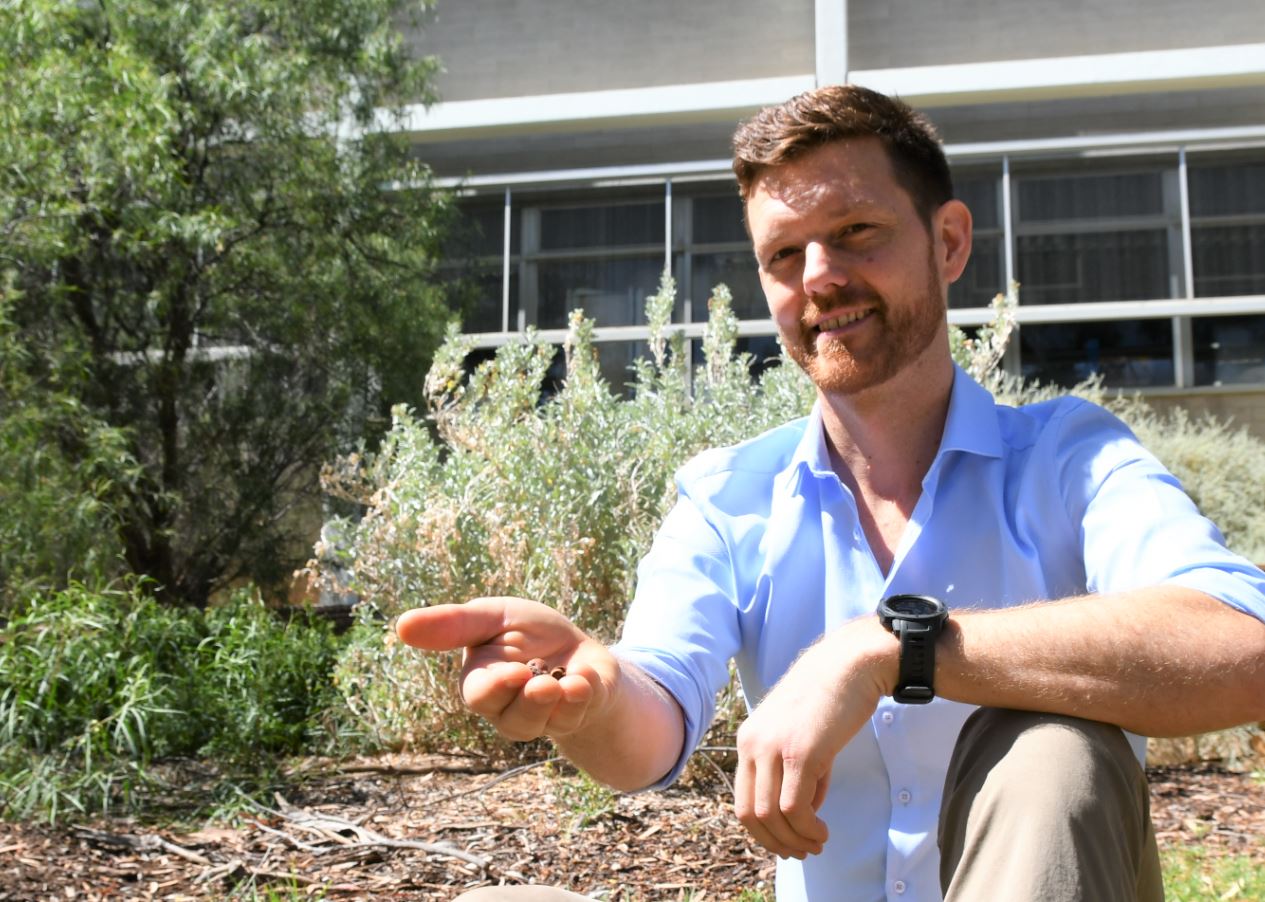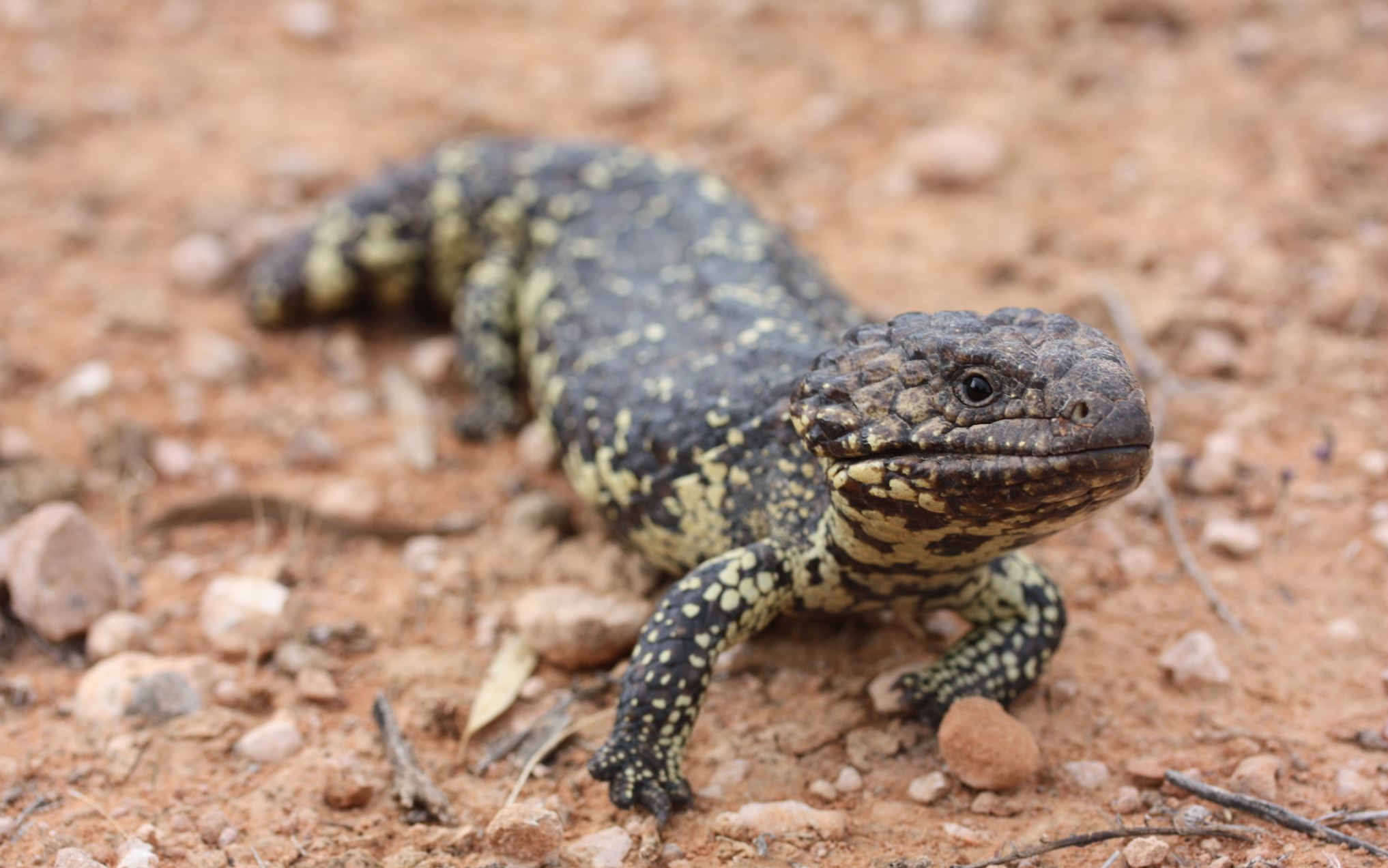
Australia’s environment is battling hotter, dryer and more extreme conditions – including bushfires – and scientists are being called in to help restore degraded landscapes and animal populations to prepare them for further climate change in the future.
Two new Australian Research Council (ARC) Linkage Project grants, announced this month, will see Flinders University researchers team up with industry and government agencies to develop better strategies for ecosystems to keep pace with climate change.
What better way to start then to focus on identifying the best seed to use in restoration plantings that are the most resilient to drought and heat stress in degraded environments.
A second project at Flinders University aims to improve methods of translocating endangered species into more secure or better environments.
“In many ways, we’re playing catchup with how to tackle climate change,” says project leader Dr Martin Breed, who’ll lead the three-year $439,000 native revegetation research project.
“It’s important we move swiftly to find ways to not only restore degraded ecosystems but to help them adapt to further changes on the horizon,” he says, which is particularly relevant after bushfires have impacted thousands of hectares of native vegetation in recent months.
“Our project will look at optimising seed sourcing for effective ecological restoration, aiming to produce useful guidelines based on studies that use plant population and environmental genomics, plant physiology and seed and soil biology”.
The Linkage Project goal is to help improve the way restoration takes place on the ground, contributing to the global movement in restoration such as under the UN’s recently declared Decade on Ecosystem Restoration starting in 2021 and the Bonn Challenge.
The Bonn Challenge has set targets to restore 350m ha by 2030, aiming to generate $US9 trillion in ecosystem services, help support the lives of more than 3 billion people, and take an additional 13-26 gigatons of greenhouse gases out of the atmosphere.
Partners on this Linkage Project include the WA Department of Biodiversity Conservation and Attractions, the WA Biodiversity Science Institute, the Australian Genome Research Facility, Hanson Construction Materials and Tronox Management.

Helping hand for endangered species
The second new Linkage Project, led by Flinders University Associate Professor Michael Gardner, builds on long-running research at Flinders University to save endangered lizard populations
The latest ARC Linkage funding of $400,940 will support important new research into translocation as a conservation strategy for endangered species, focusing on an SA lizard species.
The project will support other projects on saving species exposed to various climate and environmental changes. Combining different source populations in the past has seen conservation translocation efforts fail.
In the face of climate change, this Linkage project will provide the first empirical genomics testing with terrestrial vertebrates to discover the best means of translocating endangered species.
Part of the study will focus on regions of the animal’s genome important for considering in reintroducing species to new environments.
Industry and research partners include experts from the SA Museum, Department for Environment and Water Conservation, Conservation Volunteers Australia Enterprises, Renewable Energy Systems, Field Naturalists Society of SA, Flow Power, Nature Foundation SA and Adelaide Airport Ltd.
Associate Professor Gardner last month received an ARC Discovery grant entitled ‘Can parasites cause host population divergence?’ which will seek further answers to lizard population survival.
As well as the new research projects, Flinders University manages the longest-running lizard survey in the Southern Hemisphere. We rely on the generous support of the community and those committed to conservation to support this important work. Tax-deductable donations are welcome to help support the $50,000-a-year running cost of the program.

